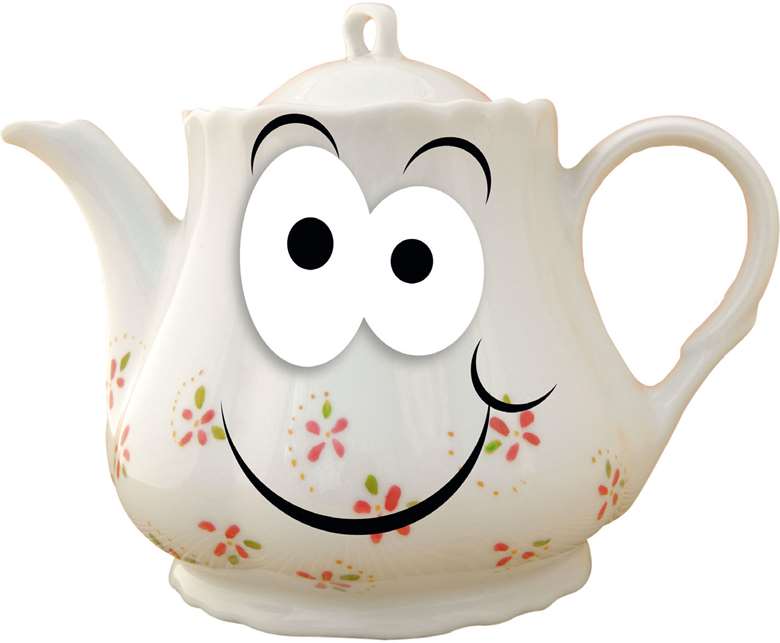Drama Strategy: Talking Objects
Patrice Baldwin
Tuesday, October 1, 2019
Patrice Baldwin takes us through a drama strategy which will give your students a new insight into character and story

ADOBE STOCK/GOCCEDICOLORE
Talking Objects’ is a Drama strategy that enables objects in a drama to speak in role. The objects can talk to themselves and to each other, and we can talk with the objects and question them too. The objects can tell us about characters, events and situations that they have been involved in, eye witnessed and/or overheard. Objects may have a particularly prominent place within a drama, for example the dagger that Macbeth used to kill Duncan, or less obvious objects may be present in scenes – for example a chair or wall may have much to tell.
Objects:
- have a past (can reveal their personal narratives)
- belong to someone (can offer information and opinion about characters)
- belong somewhere (within the scene and setting)
- may have changed ownership
- may have been on journeys
- may be an ‘eye-witness’ to key events and may have overheard conversations
- may be symbolic, valued, valuable, neglected, ignored, worthless, hidden, coveted, forgotten, stolen, damaged, inherited, have magical powers, etc.
Warm-up activities
Students can become an object that they actually own, (a familiar object). In pairs, they take it in turns to talk in role as the object and then answer their partner's questions, as the object.
The students walk around the room and the teacher from time to time calls out the name of an object (maybe connected with the drama). The students then physically become the object. The teacher's instructions can vary, so that they sometimes become objects in pairs or small groups (in silence).
Actual objects (or the names of objects on strips of paper) are placed in the centre of a class circle, for example a pencil, stone, a ring, a photograph, a mobile phone, a whistle, and so on. Select a student to come into the centre and choose an object. They will now answer questions from the class, replying in role as the object. Several students can have a turn, either taking over as the same object or becoming a different object. The objects might be directly linked to the drama, for example a crown, dagger, and so on.
Becoming the objects in pictures
Objects we see in pictures, photographs, tapestries, and so on can be used to open up a drama, for example Shaun Tan's drawing of ‘The Suitcase’ from ‘The Arrival’ – which can be seen at www.shauntan.net/books.html
Ask the class to look carefully at the picture and choose an object within it. Tell them that every object in the picture is significant. In turn, invite several students to enter the space and each position themselves as a different object from the picture. Once in the scene, they should speak in role, saying which object they are and giving a piece of information about themselves, for example ‘I am the cracked teapot. I have been broken for years.’ Or, ‘I am the suitcase and I don't know where he is taking me.’
Questioning the objects
Maybe not all students will enter the scene as objects. Once a few have entered, the teacher can ask those who have not entered the scene to question the objects. Their questions should be directed to individual objects, for example, ‘Teapot, how did you get broken?’ or ‘Suitcase, what is inside you?’ The teacher might only allow one question per questioner (to encourage thoughtful questioning), or say that no object will answer more than one question in a row, (to spread the questions).
Becoming the landscape
In Drama, landscapes (natural and man-made), can also be physically created or recreated and can talk. We can imaginatively create original landscapes together or recreate those we find within images and texts. Part 1 of Tennyson's The Lady of Shalott, for example, contains references to a river, road, fields, towers, flowers, walls, barges, a casement window, and so on. Students can enter the space, become and speak in role as features of the landscape (or as objects within it). The road, if asked, can tell you about the travellers who walk and ride along it to Camelot. The casement window can tell you about the singing Lady, who must not look out of the window, and so on. The objects can talk with each other about the Lady in the tower and about incidents they have seen and heard.
Objects talking to and with characters
Objects within a setting can talk directly with or about any characters who enter or leave that setting. So, when Beowulf is waiting in Hrothgar (the mead hall), to murder the monster Grendel, the surrounding objects can talk amongst themselves (or to Beowulf), as he passes by them in turn, saying things like ‘Grendel will kill you, Beowulf’. The same objects – candles, benches, shield, spit, and so on can then answer questions later, as eye-witnesses to the murder of Grendel.
Patrice Baldwin is a freelance ‘Drama for Learning’ specialist and educational author. Chair of National Drama for 10+ years (until 2014) and Chair of the International Drama Theatre and Education Association (2010-2013), she has given speeches and/or workshops in 30+ countries. She was a Primary Headteacher, Ofsted Inspector and School Improvement and a LA Arts Adviser. She has also worked as a national curriculum Editorial Expert for Drama and a BBC Education Scriptwriter and series consultant.
Website: www.patricebaldwin.com
Drama Blog: www.patricebaldwin.me

